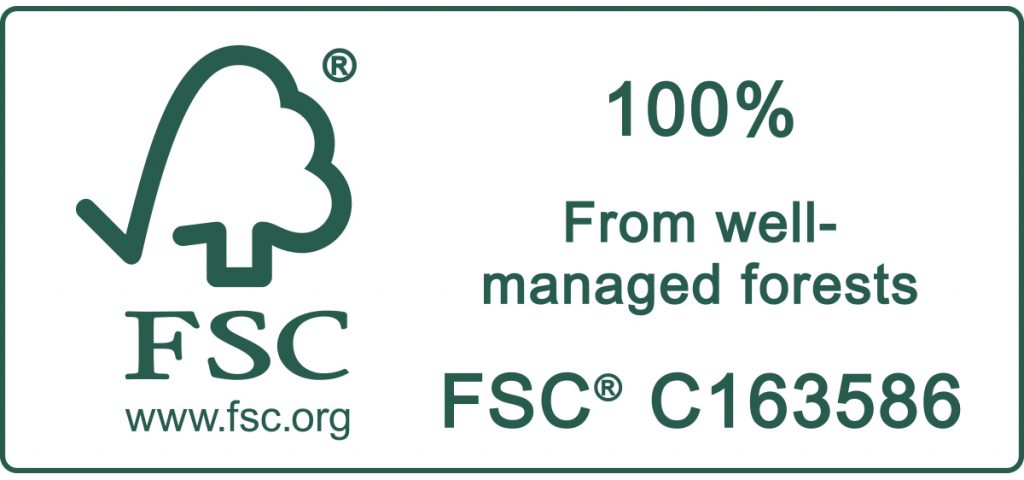- Echoes of Change: Current us news reshapes perspectives and defines tomorrow.
- The Shifting Sands of Media Consumption
- The Rise of Misinformation and Disinformation
- The Role of Fact-Checking Organizations
- The Impact of Deepfakes and AI-Generated Content
- The Importance of Media Literacy
- The Future of Journalism
- The Role of Philanthropy in Supporting Journalism
- The Impact of Citizen Journalism
- Navigating a Complex Information Ecosystem
Echoes of Change: Current us news reshapes perspectives and defines tomorrow.
In a rapidly evolving world, staying informed about current events is more critical than ever. The constant stream of information, often delivered through digital platforms, shapes our understanding of local, national, and global issues. Understanding the landscape of contemporary information dissemination, whether it’s through traditional media outlets or social media channels, is key to navigating a complex world. The impact of readily available information defines perspectives and undeniably reshapes tomorrow. This exploration delves into the significance of informed citizenship and how access to current events influences societal trends and individual decision-making. Recent news has shown how quickly narratives can shift, and the importance of critical thinking.
The Shifting Sands of Media Consumption
The way individuals consume information has undergone a dramatic transformation in recent decades. Traditionally, people relied on newspapers, television, and radio for their daily updates. However, the rise of the internet and social media platforms has significantly altered this landscape. Now, individuals can access information from a vast number of sources, often curated by algorithms designed to personalize their news feeds. While this personalization can be convenient, it also creates the potential for filter bubbles and echo chambers, where individuals are only exposed to information that confirms their existing beliefs.
This shift has also presented challenges for traditional media organizations, who are struggling to adapt to the changing media consumption habits of their audiences. Many have been forced to downsize their newsrooms and cut back on investigative reporting, leading to concerns about the quality and depth of media coverage. The ability to discern credible sources from those spreading misinformation has become a crucial skill in the digital age.
| Media Platform | Average Daily Users (Millions) | Primary Demographic |
|---|---|---|
| 1,930 | 25-34 | |
| YouTube | 2,500 | 18-34 |
| X (formerly Twitter) | 550 | 25-49 |
| 1,400 | 18-24 |
The Rise of Misinformation and Disinformation
One of the most pressing challenges facing the media landscape today is the proliferation of misinformation and disinformation. These terms, while often used interchangeably, have distinct meanings. Misinformation refers to false or inaccurate information, regardless of intent, while disinformation is intentionally misleading or biased information. The spread of both can have serious consequences, eroding trust in institutions, fueling social unrest, and even influencing elections.
Social media platforms have become breeding grounds for both misinformation and disinformation. Their algorithms often prioritize engagement over accuracy, meaning that sensational or emotionally charged content is more likely to go viral, even if it’s false. The challenge of combating misinformation is further complicated by the fact that it can be difficult to identify and remove, and that even when it is debunked, it can continue to circulate online. The rapid spread of unverified stories can significantly alter public perception and even impact real-world events.
The Role of Fact-Checking Organizations
In response to the rise of misinformation, a number of fact-checking organizations have emerged. These organizations employ journalists and researchers to verify claims made by politicians, news outlets, and social media users. They use a variety of methods, including document research, data analysis, and interviews with experts, to assess the accuracy of information. Their findings are often published online, providing readers with a reliable source of information. The work of these organizations is essential for holding those who spread misinformation accountable, and for helping the public make informed decisions.
The Impact of Deepfakes and AI-Generated Content
The development of artificial intelligence (AI) has introduced a new and more sophisticated threat to the information landscape: deepfakes. Deepfakes are realistic but fabricated videos or audio recordings created using AI technology. They can be used to create convincing but false portrayals of individuals saying or doing things they never did, with potentially devastating consequences. The increasing sophistication of AI-generated content makes it increasingly difficult to distinguish between what is real and what is not, raising serious concerns about the future of trust and truth.
The Importance of Media Literacy
Given the challenges posed by the evolving media landscape, media literacy has become more important than ever. Media literacy is the ability to access, analyze, evaluate, and create media in a variety of forms. It involves developing critical thinking skills, understanding the role of bias in media coverage, and being able to identify misinformation and disinformation.
Media literacy education should be integrated into school curricula at all levels, and should also be made available to adults through workshops and online resources. Individuals need to be equipped with the skills and knowledge necessary to navigate the complex media landscape, to identify credible sources of information, and to make informed decisions about the information they consume. By fostering a more media-literate population, we can help to safeguard democracy and protect against the spread of harmful misinformation.
- Develop critical thinking skills.
- Identify biases in reporting.
- Verify information from multiple sources.
- Understand how algorithms shape news feeds.
- Be wary of sensational or emotionally charged content.
The Future of Journalism
The future of journalism is uncertain, but it is clear that the industry must continue to adapt to the changing media landscape. Traditional media organizations must find new ways to engage their audiences, to generate revenue, and to maintain their credibility. Investigative journalism, in particular, plays a vital role in holding power accountable and exposing wrongdoing, and must be supported. News organization should prioritize transparency and building trust with their audiences.
One potential avenue for the future of journalism is the rise of non-profit news organizations. These organizations rely on donations from individuals and foundations to fund their work, rather than advertising revenue. This model allows them to focus on providing high-quality, independent journalism without the constraints of commercial pressures. The emergence of new technologies, such as AI and machine learning, also presents opportunities for innovation in journalism but must be approached cautiously.
The Role of Philanthropy in Supporting Journalism
Philanthropic support is becoming increasingly important for the survival of independent journalism. Foundations and individual donors are providing funding for investigative reporting projects, local news organizations, and media literacy initiatives. While philanthropy cannot solve all of the challenges facing journalism, it can play a significant role in ensuring that high-quality, independent information remains available to the public. Supporting these critical entities is a direct investment in a well-informed citizenry and a healthy democracy.
The Impact of Citizen Journalism
Citizen journalism, also known as participatory journalism, is the practice of ordinary citizens reporting on events in their communities. This practice has been facilitated by the rise of social media and the availability of smartphones with cameras. While citizen journalism can be a valuable source of information, it is important to be aware of its limitations. Citizen journalists may lack the training and experience of professional journalists, and their reporting may be biased or inaccurate. However, when combined with professional journalism, citizen reporting can provide a more comprehensive and nuanced picture of events.
Navigating a Complex Information Ecosystem
Effectively navigating today’s information ecosystem demands a critical and discerning approach. It requires us to question the sources of information, to evaluate the evidence presented, and to be aware of our own biases when interpreting information. It is a continuous process of learning, adaptation and awareness. The ability to analyze, evaluate and synthesize is critical.
The future hinges on a conscious effort from individuals, educational institutions, and media organizations to prioritize media literacy, support independent journalism, and combat the spread of misinformation. Protecting the integrity of the information landscape is not simply a matter of journalistic ethics; it is a fundamental prerequisite for a well-functioning democracy and will help in defining tomorrow.
- Verify information from multiple reliable sources.
- Be skeptical of headlines and sensational claims.
- Consider the source’s motivations and potential biases.
- Cross-reference information with fact-checking websites.
- Be mindful of your own confirmation bias.





